Tips to Wisely Handle or Avoid Hydroplaning
With the summer season coming to an end, we can expect much-needed rainfall in the UAE in the following weeks. There is no doubt that rain is an enjoyable experience. Not only it is refreshing but will undoubtedly drive down the hot summer temperatures. However, people need to be extra careful while driving in the rain.
The reason is rainfall can limit visibility while driving, causes vehicles to lose grip and much more. It is the reason that people always recommend driving slowly in the rain. As we can expect rain in the coming days, PitStopArabia has decided to discuss an essential aspect of driving in the rain – hydroplaning.
In this article, we will discuss what hydroplaning is and what causes it. Moreover, we will also be talking about how to avoid and handle it.
What is Hydroplaning?
Hydroplaning is the phenomenon in which your vehicle's tires begin to lose grip while driving over wet surfaces. The reason behind the loose contact is that water starts to gather between the tread of the tyre and the road surface. Hence, the tires begin to lose touch with the road surface. It can cause the car to skid, experience loss of braking and steering. Hydroplaning is also known as aquaplaning in some areas.
What Causes It?
Hydroplaning is caused when the tyres do not efficiently disperse the water away from the tread of the tire. Therefore, it is always recommended to buy tyres that offer optimal wet performance along with dry performance. Moreover,worn-out tyres or tires with tread below the legal tread limit are also responsible for hydroplaning.
Is it Dangerous?
It is only dangerous when people start to panic. When a driver realizes that they are experiencing aquaplaning, they begin overcorrecting. It can lead a car to lose control and start to skid. Moreover, as braking and steering are also impacted, it can be dangerous if not handled properly.
How to Avoid It?
Hydroplaning can easily be avoided by following tried and tested suggestions from experts:
- Never use cruise control while driving in the rain. Cruise control cannot adjust itself according to the wet conditions. Therefore, always avoid using it and take control of the vehicle yourself.
- Ensure that the tyres offer adequate wet performance. Reading customer reviews or consulting with the tire professional before purchasing can help you get good tyres.
- If the tyre is beyond the legal tread limit, replace the tyres immediately. Worn out tyres or tires below the legal tread limit are a safety hazard.
- Rotate your tyres regularly. Follow the rotation pattern for your car. It can help you maximize your tires tread life. Good levels of tread can help to maintain an excellent grip on wet surfaces.
- Avoid driving over standing water or puddles.
- Replace the tyres before they are completely worn out.
- It is always recommended to drive below the legal speed limit in the rainy season. Driving at higher speeds will make it difficult for the tires to disperse water away from the tread.
- Pay attention to other drivers and how they are driving. They can tell you a lot about the overall road conditions. Therefore, keep an eye on them. For example, if a lot of water is coming from the tyres of the vehicle in front of you, change your lane. It means that the current lane is holding too much water.
How to Handle It?
Experts recommend following these steps on how to handle hydroplaning effectively:
- Staying calm. Hydroplaning is not dangerous. It is a natural thing and must be taken as such.
- Avoid hitting the brakes repeatedly. Instead, drive at a slower speed.
- Oversteering can cause your vehicle to veer in one direction. Therefore, avoid it.
- Lift the foot off the accelerator instead of pressing down on the brakes repeatedly.



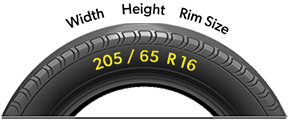








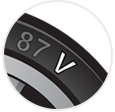

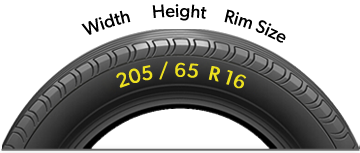







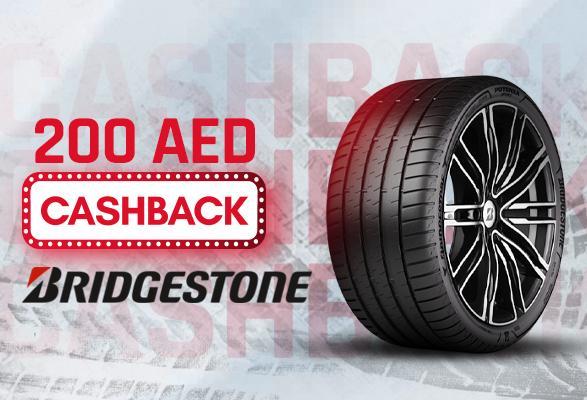
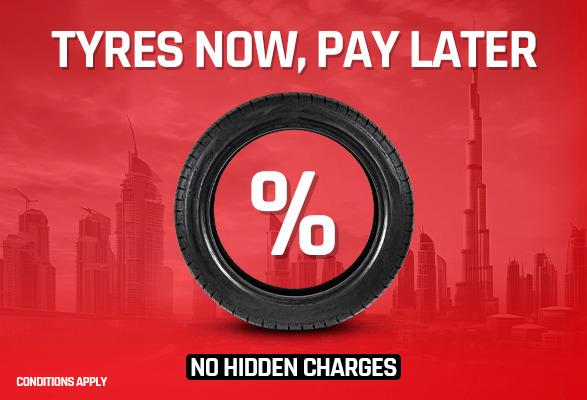


































Conclusion
This sums up today’s article. We hope that the information discusses above will prove to be useful in the rainy season ahead. Moreover, we recommend you check the conditions of your vehicle’s tyres. Quality tyres can help avoid all the risks associated with hydroplaning. Lastly, if you wish to share further suggestions, kindly do let us know.